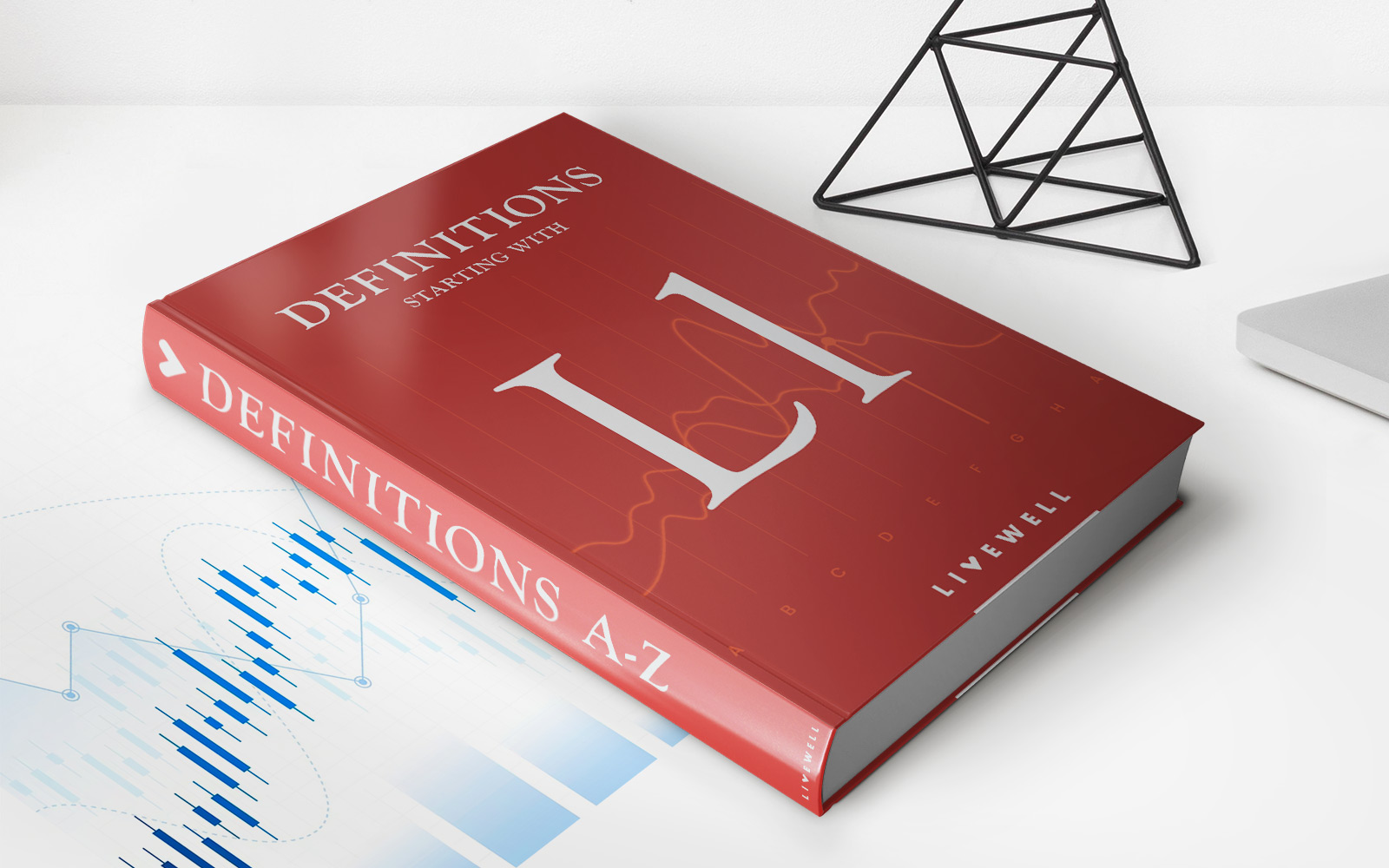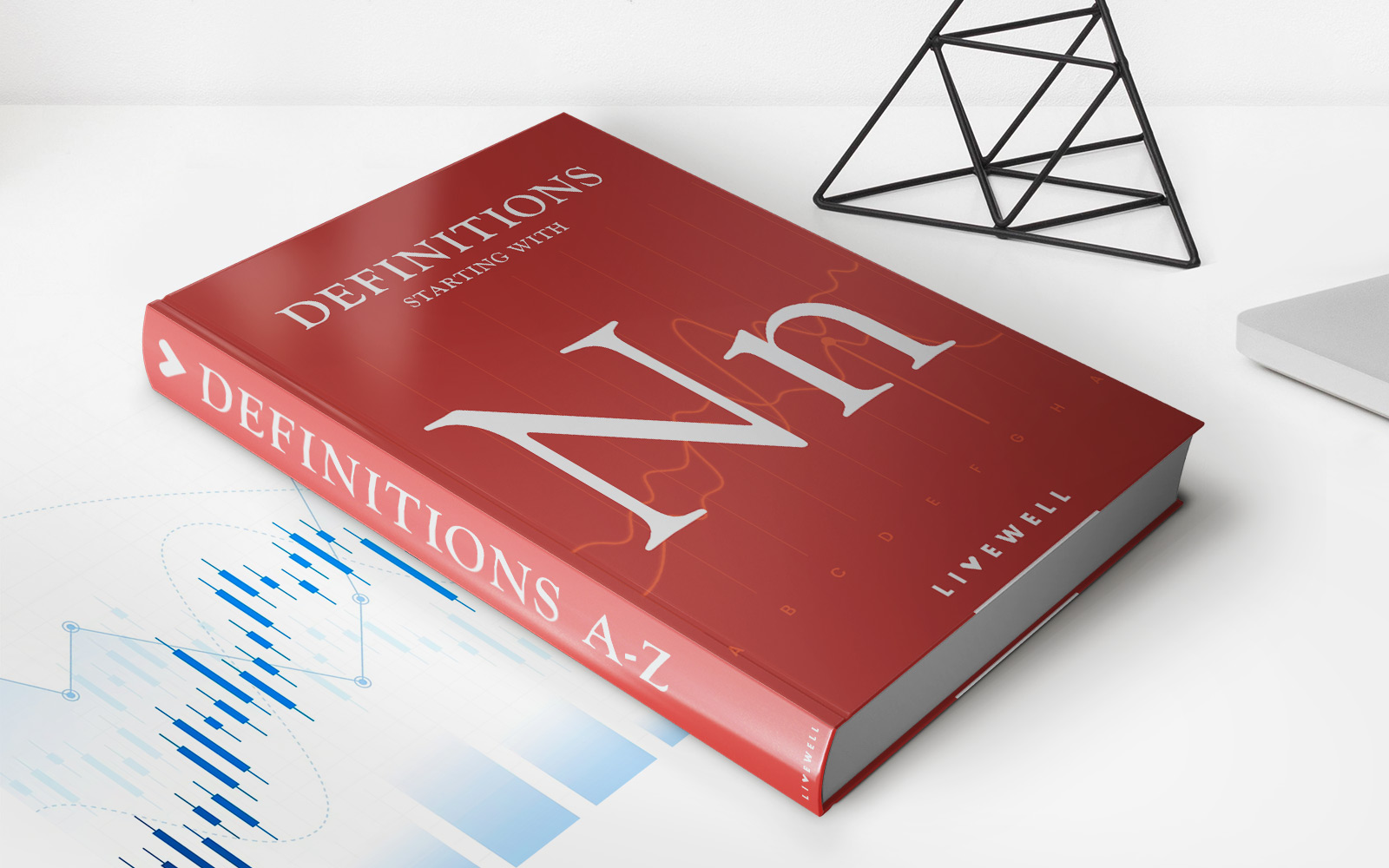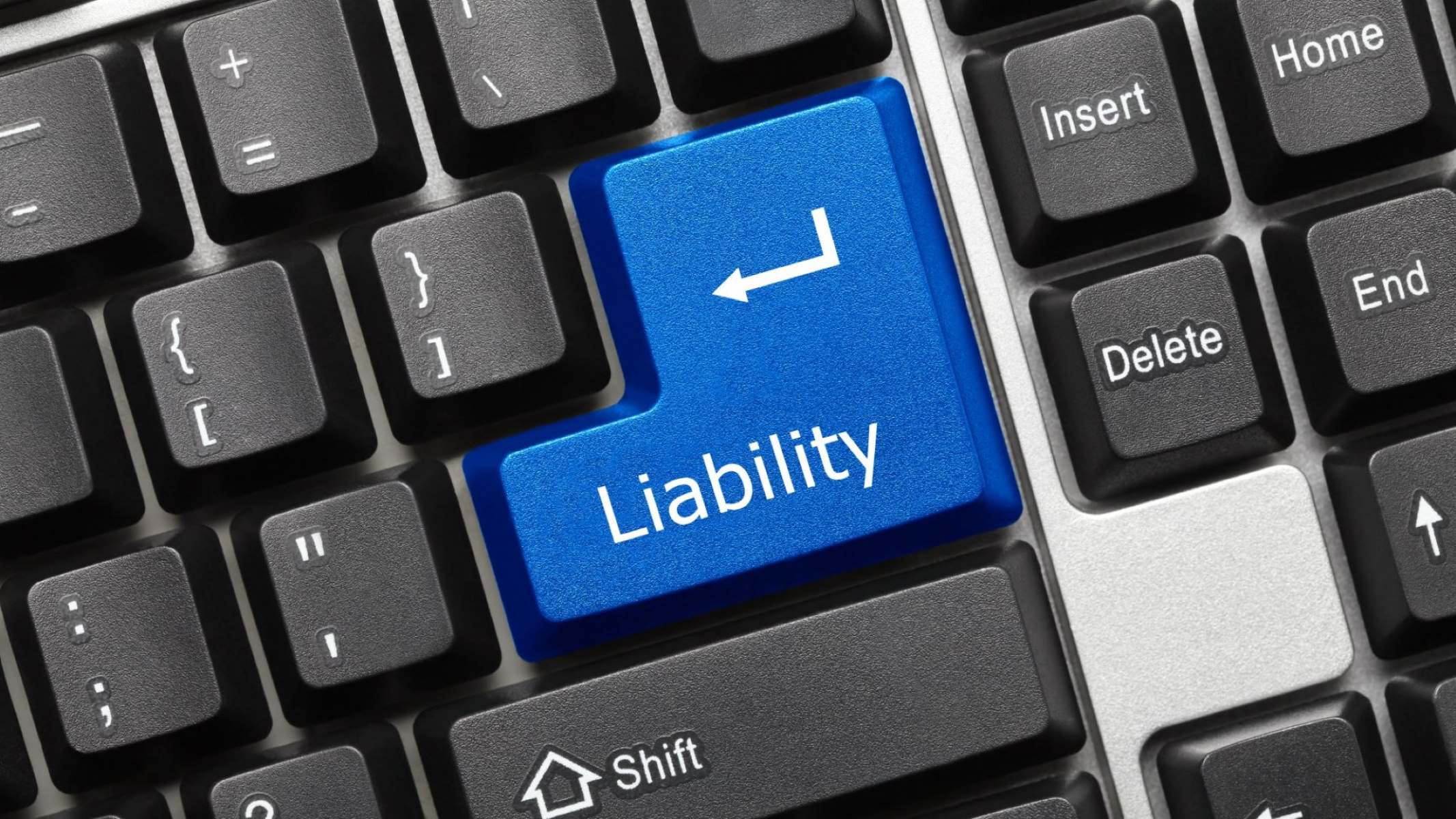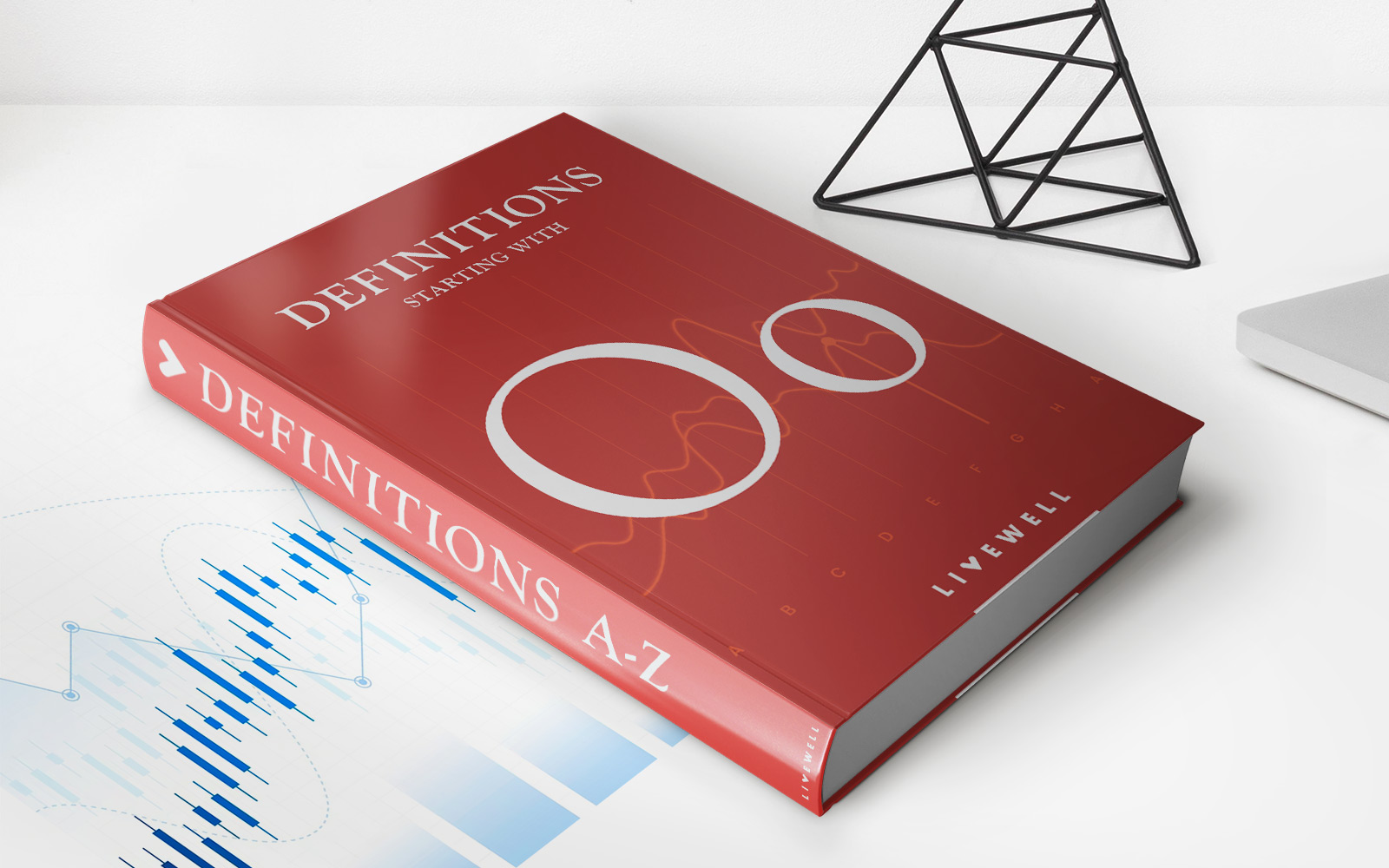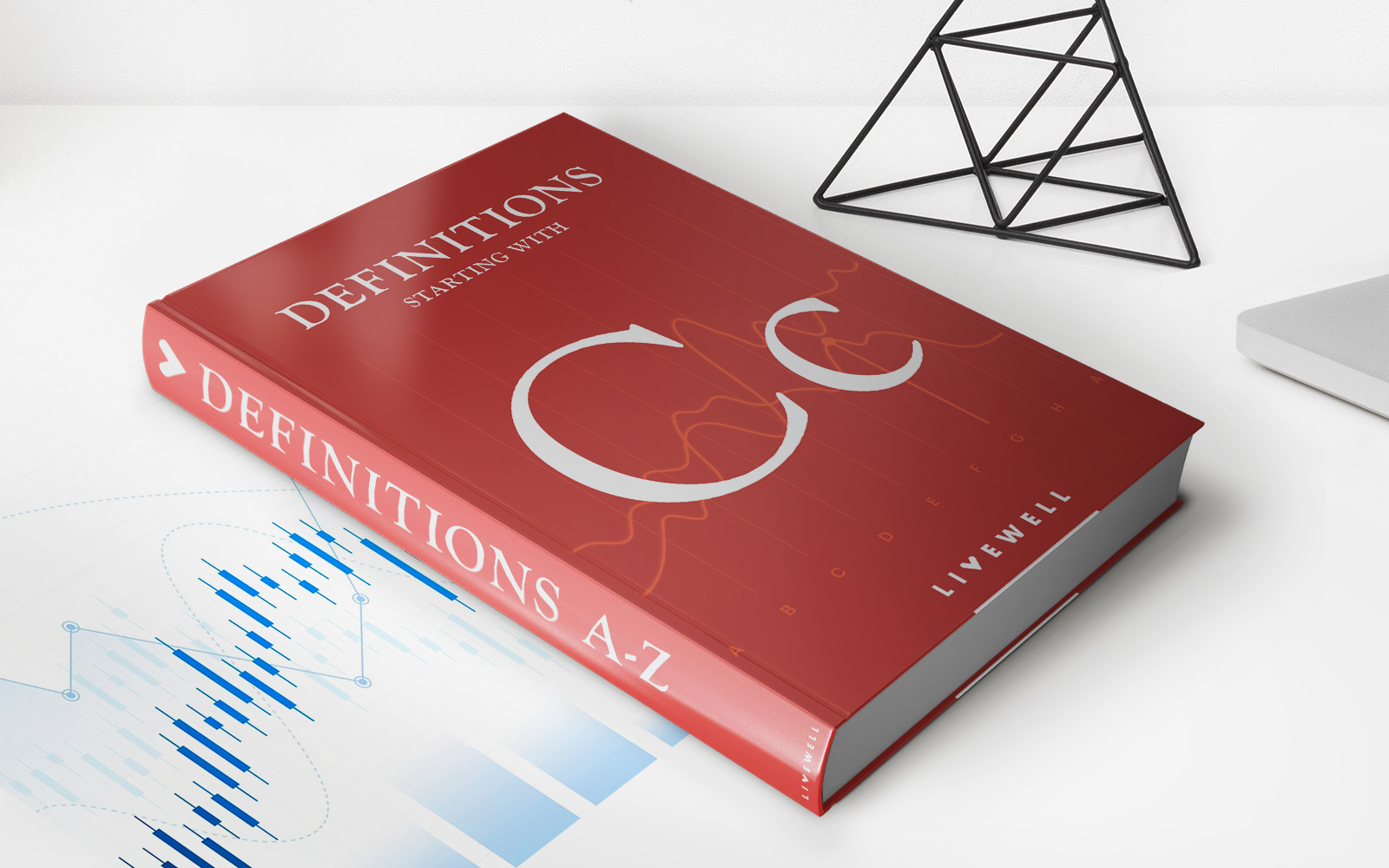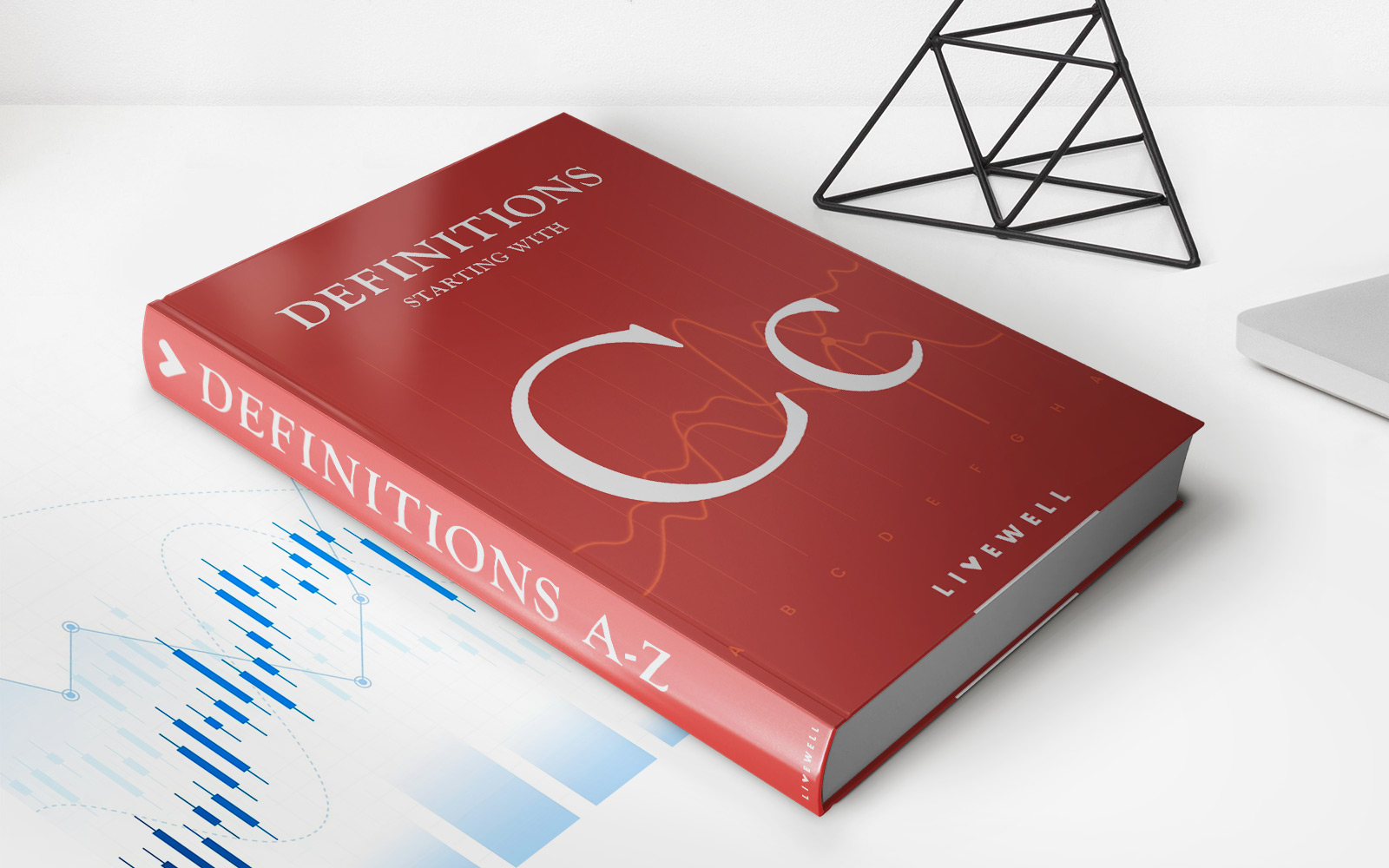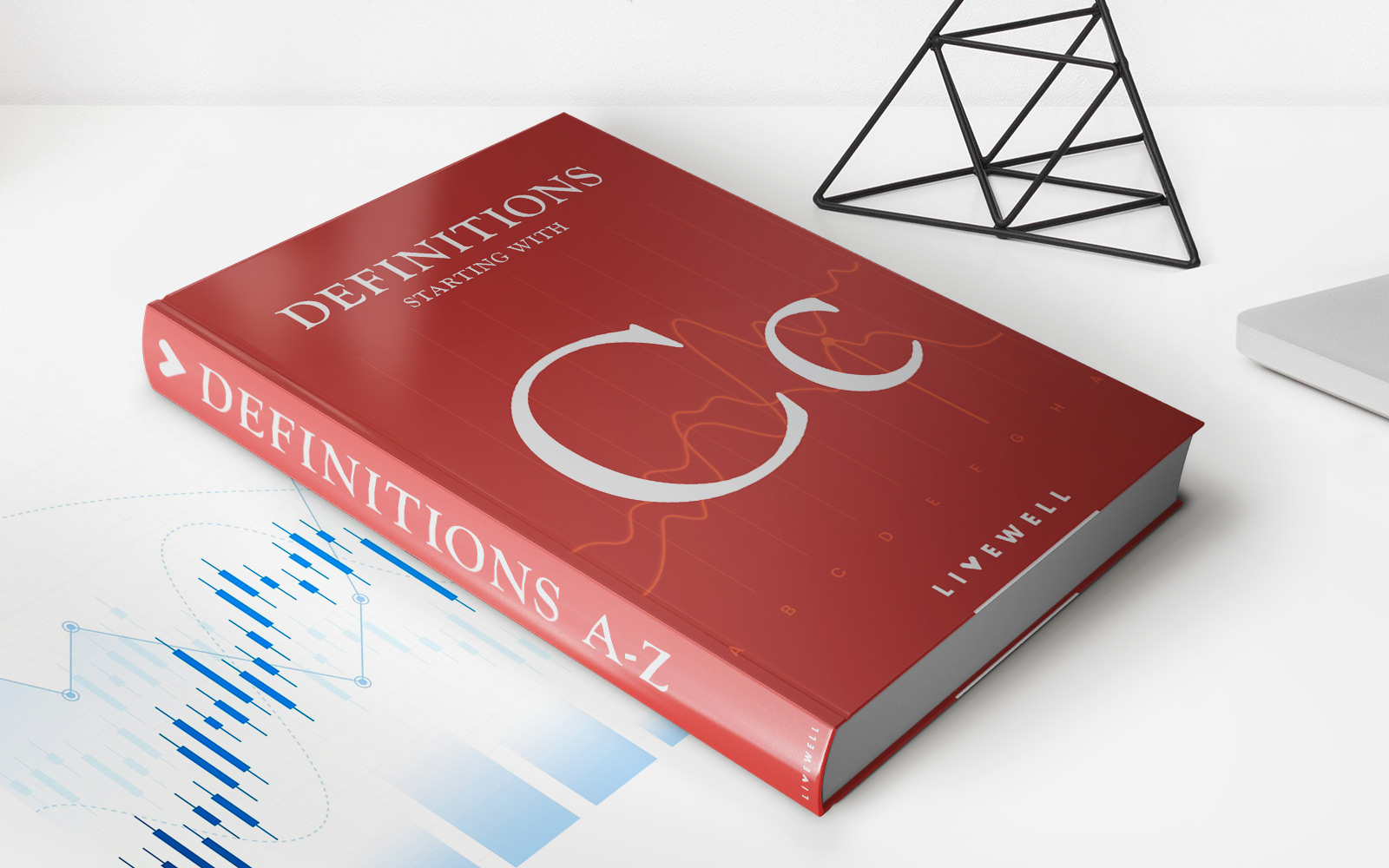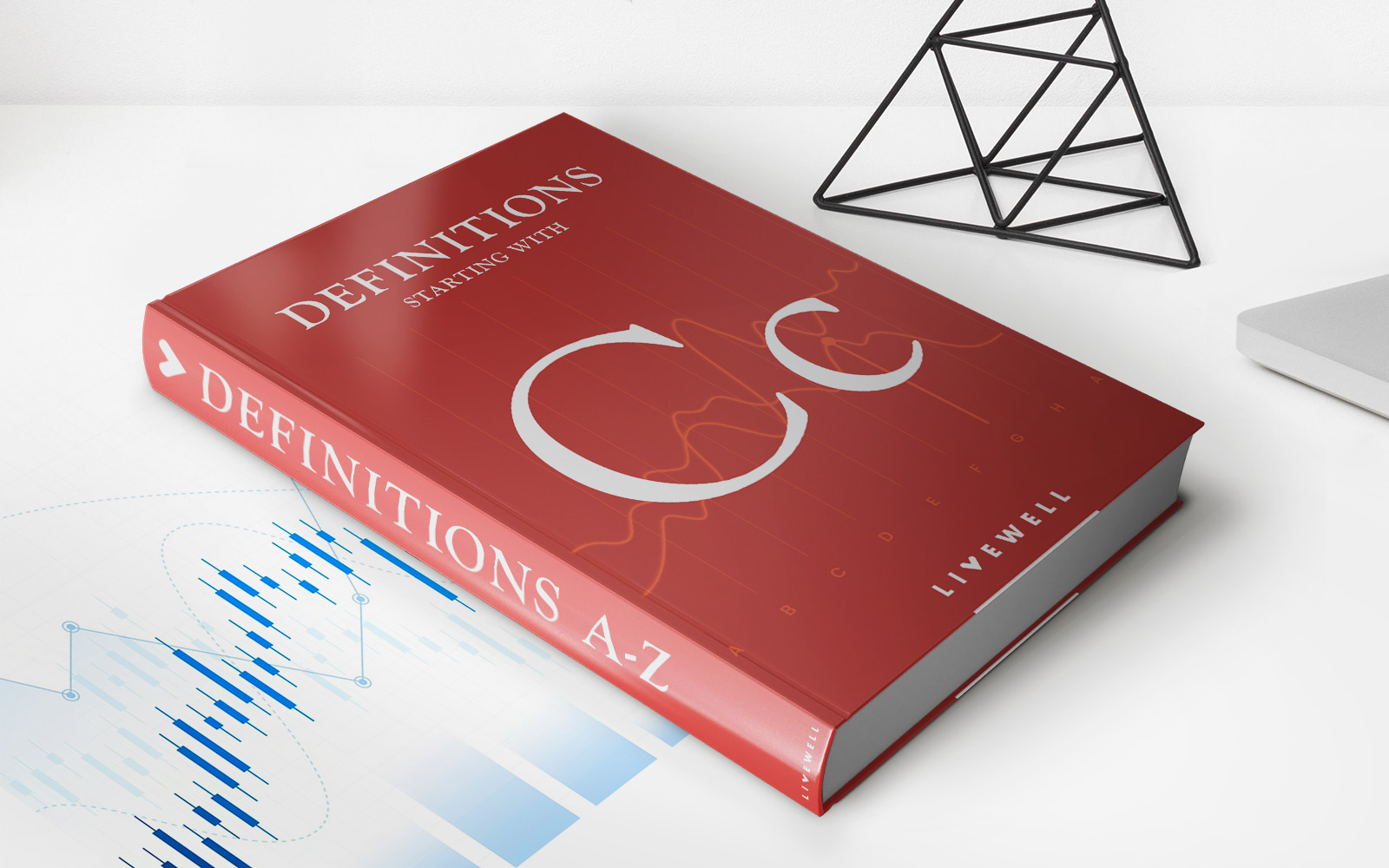Home>Finance>Other Current Liabilities: Definition, Examples, Accounting For

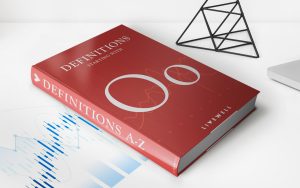
Finance
Other Current Liabilities: Definition, Examples, Accounting For
Published: January 4, 2024
Learn the definition of other current liabilities in finance, along with examples and how to account for them.
(Many of the links in this article redirect to a specific reviewed product. Your purchase of these products through affiliate links helps to generate commission for LiveWell, at no extra cost. Learn more)
Other Current Liabilities: Definition, Examples, Accounting For
Welcome to our “FINANCE” category, where we take a deep dive into various aspects of the financial world. In this blog post, we will be discussing Other Current Liabilities – a term commonly used in accounting and finance. We’ll explore the definition, provide examples, and explain how these liabilities are accounted for. So, let’s dive right in!
Key Takeaways:
- Other current liabilities are financial obligations that a company must pay within a year or the operating cycle, whichever is longer.
- Examples of other current liabilities include accrued expenses, unearned revenue, and short-term debt.
What Are Other Current Liabilities?
Other current liabilities, also known as current liabilities or short-term liabilities, are obligations that a company is expected to settle within a year or the operating cycle, whichever is longer. These liabilities represent the financial claims that others have on the company’s assets and resources. It’s important to note that current liabilities are classified separately from long-term liabilities, which have a longer repayment period.
Now, you might be wondering, “What types of liabilities fall under the category of other current liabilities?” Great question! Let’s take a look at some common examples:
Examples of Other Current Liabilities:
- Accrued Expenses: These are expenses that have been incurred but not yet paid. Common examples include accrued wages, accrued interest, and accrued utilities.
- Unearned Revenue: This represents the advance payments a company has received for goods or services that have not yet been delivered. Unearned revenue is only recognized as revenue once the product or service is provided to the customer.
- Short-Term Debt: These are borrowings that need to be repaid within a year. They may include lines of credit, short-term loans, or the current portion of long-term debt.
- Income Taxes Payable: This includes the taxes a company owes to the government, such as income taxes or sales taxes, which are due within the current fiscal year.
- Interest Payable: This represents the interest expenses that a company owes to lenders or debt holders but has not yet paid. It is recorded as a liability until the payment is made.
Accounting for Other Current Liabilities:
When it comes to accounting for other current liabilities, they are typically recorded on the balance sheet of a company. They are listed under the current liabilities section, alongside accounts payable and other short-term obligations. The reporting entity needs to accurately measure and disclose these liabilities in its financial statements to provide a clear picture of its financial health.
Accounting procedures may vary based on the specific type of other current liability. For example, accrued expenses are recorded by debiting the corresponding expense account and crediting an accrued expenses payable account. Unearned revenue is initially recorded as a liability and is then recognized as revenue over time as the goods or services are delivered.
It’s essential for businesses to diligently manage and monitor their other current liabilities. Failure to adequately meet these obligations can lead to financial distress and could negatively impact a company’s creditworthiness.
Conclusion:
In conclusion, understanding other current liabilities is crucial for businesses and individuals involved in the finance and accounting world. These liabilities are short-term obligations that must be settled within a year or the operating cycle. Examples include accrued expenses, unearned revenue, and short-term debt. Proper accounting practices ensure accurate measurement and disclosure of these liabilities. Stay tuned for more informative articles on finance and accounting in our “FINANCE” category!
